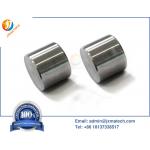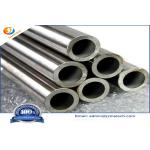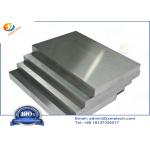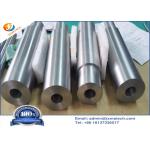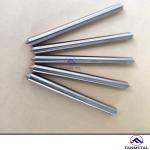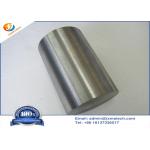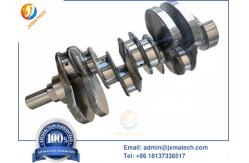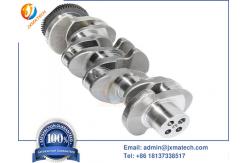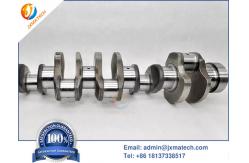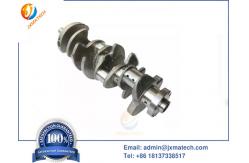Precision Finishing WNiFe Tungsten Alloy Crankshaft For Electrical
PowerTungsten Alloy Crankshaft is that its specific gravity is higher
than that of other materials. In machinery, ships, airplanes and
other places where counterweight is required but the volume is
relatively small, high specific gravity tungsten alloy is the best
Material of choice! Therefore, tungsten alloy crankshafts are
widely used in some high-performance engines, such as racing cars,
rowing boats, boats, automobiles, etc. Tungsten Alloy Crankshaft SPECIFICATIONS & CHEMICAL | Chemical Composition | 90%W | 93%W | 95%W | 97%W | | State | Sinter | Vacuum | Forge | Sinter | Vacuum | Forge | Sinter | Vacuum | Sinter | Vacuum | Density
(g/cc) | 16.85-17.25 | 17.15-17.85 | 17.75-18.35 | 18.25- 18.85 | Hardness
(HRC) | 32 Max | 30 Max | 40 Min | 33 Max | 31 Max | 40 Min | 34 Max | 32 Max | 35 Max | 33 Max | | Tensile Strength (Max) | 770 Min | 900 Min | 1400
Max | 770 Min | 910 Min | 1440 Max | 735 Min | 920 Min | 700 Min | 850 Min | Yield Strength
(Mpa) | 620 Min | 620 Min | 1280 Max | 650 Min | 650 Min | 1340 Max | 650 Min | 650 Min | - | - | Elongation
(%) | 5 Min | 15 Min | 5 Min | 5 Min | 12 Min | 3 Min | 3 Min | 12 Min | 2 Min | 6 Min |
Tungsten Alloy Crankshaft Picture:
Introduction and Feature of Tungsten Alloy CrankshaftThe crankshaft is an important part of the engine that bears impact
load and transmits power. Among the five major parts of the engine,
the crankshaft is the most difficult to ensure the processing
quality. Due to the poor working conditions of the crankshaft, the
requirements for the crankshaft material and the blank processing
technology, accuracy, surface roughness, heat treatment, surface
strengthening, dynamic balance, etc. are very strict. If the
quality of any link is not guaranteed, the service life of the
crankshaft and the reliability of the whole machine will be
seriously affected. The traditional crankshaft is generally made of medium carbon steel
or medium carbon alloy steel by die forging. The surface of the
journal is subject to high-frequency quenching or nitriding
treatment, and the surface hardness and surface roughness are high
after fine grinding. However, the traditional material crankshaft
can not meet the requirements of the rapidly developing crankshaft
production and use.
|
